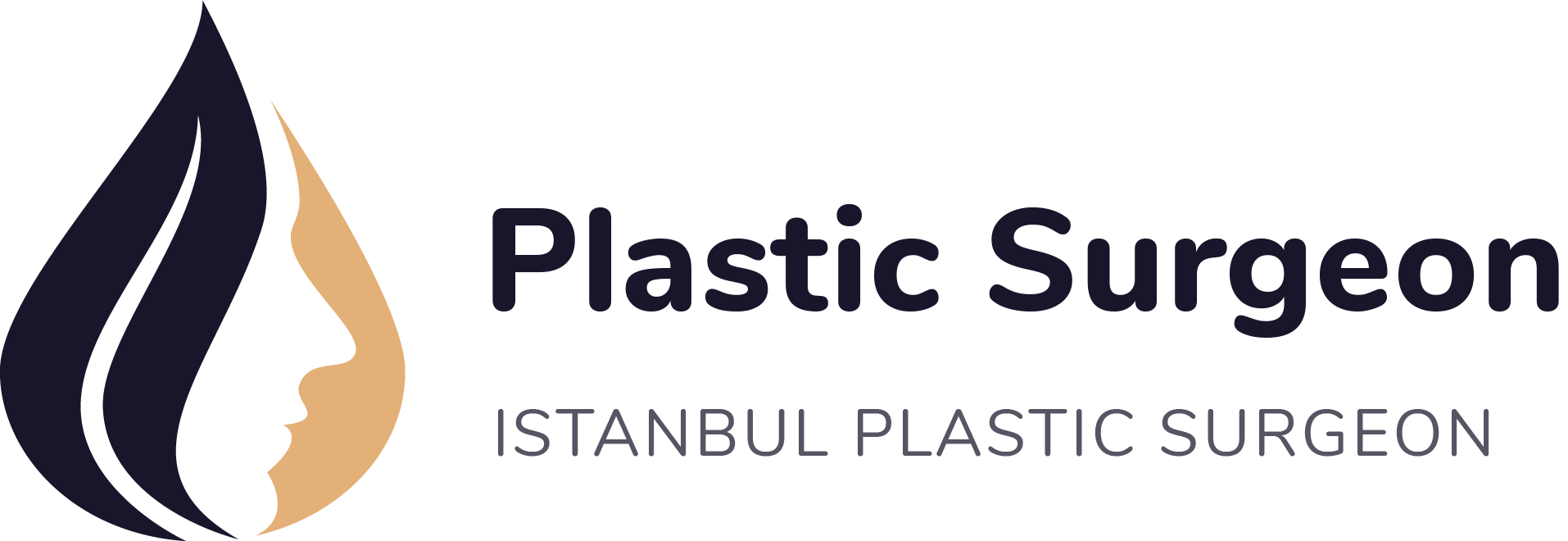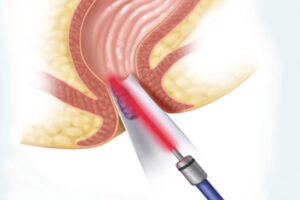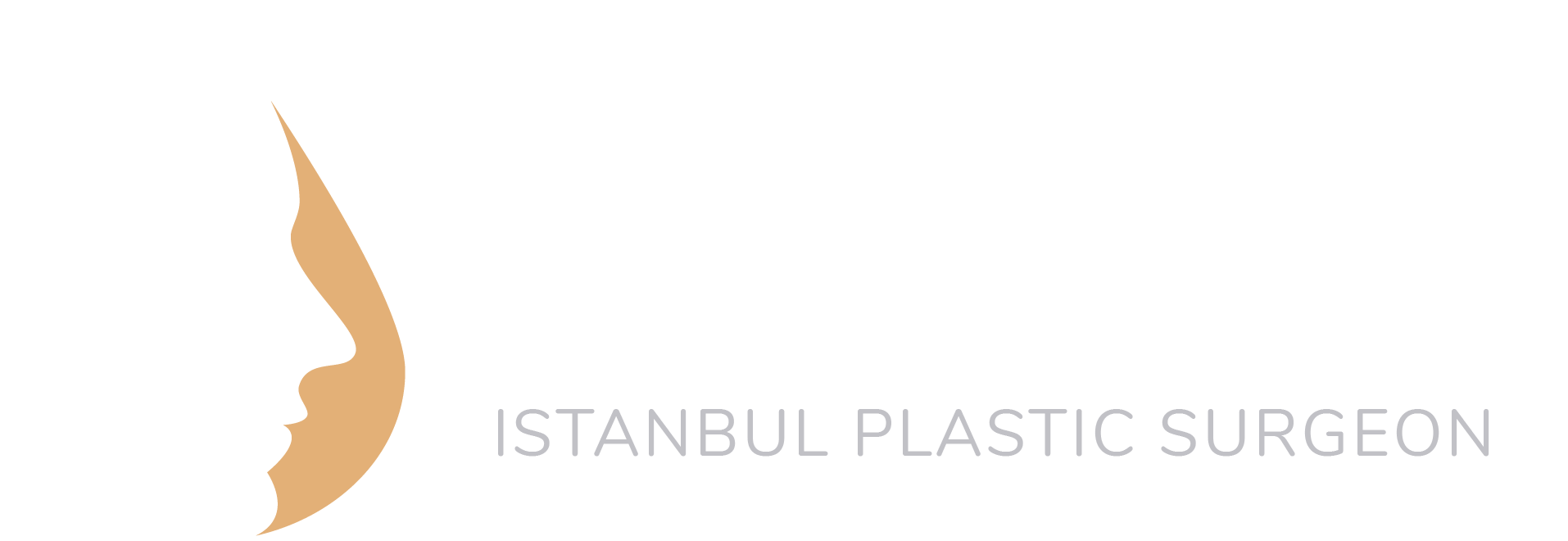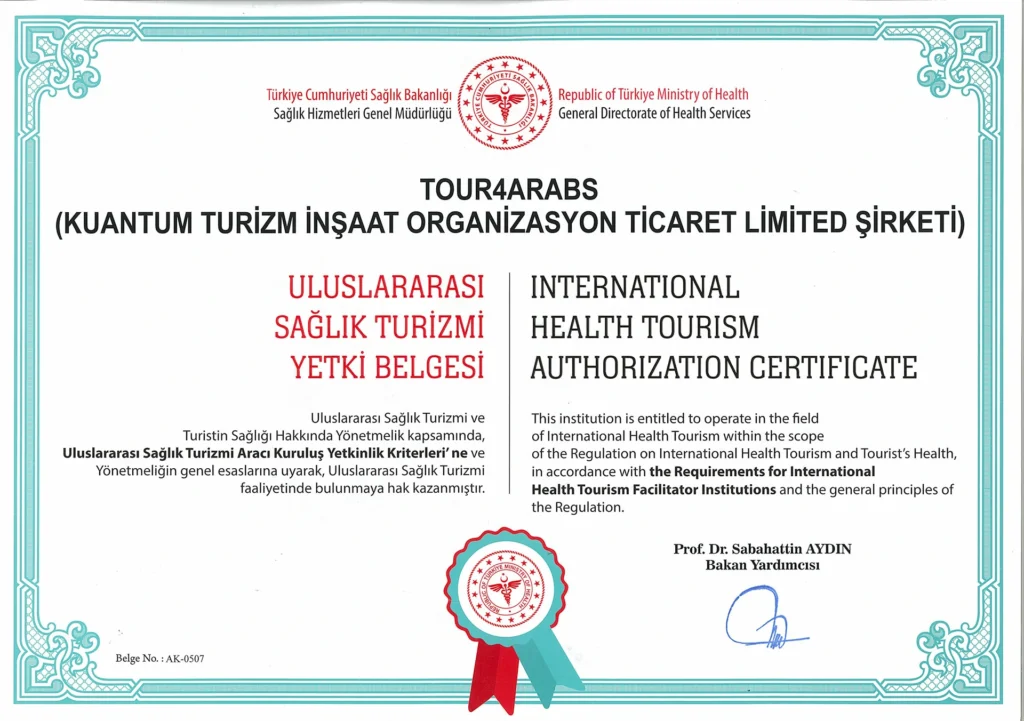What is Endoscopic Mid Face Lift?
Mid Face Lift aesthetics is a facial rejuvenation operation that covers the lower eyelids, cheeks and cheekbones. The mid-face area is one of the first places where the signs of aging are seen on the face. The lower eyelids, which are deformed due to environmental factors, droop and pile on the cheek tissue. Due to the lack of collagen under the skin, the skin tissue loses its elasticity and the cheekbones begin to look voluminous. When you look in the mirror, you don’t look full, vibrant and young as before, this is due to the loss of volume and increase in wrinkles caused by aging. With endoscopic mid-face lift aesthetics, your face is lifted upwards and you look at least 10 years younger.
Where is The Mid Face?
The midface is the center of the face. The mid-face is the region that follows the right and left lines of the nose along the under-eye line, including the cheekbones and upper cheeks. Imagine a perpendicular line drawn from the outer corners of the eyelids down to the lips. The middle face represents this region. In summary, there are structures such as the lower eyelids, cheeks and cheekbones in the midface area.
Why Does The Mid Face Sagging?
Structures such as under the eyes, cheeks and cheekbones, which are quite remarkable in the face area; Over time, it loses its former firmness and fullness due to aging and gravity. And images such as sagging and bagging occur in these areas.
In short, signs of aging first appear in these areas. And the mid-face area sags. This sagging and loss of fullness can sometimes be structural at younger ages. The most important cause of midface sagging is the advancement of age. As we age, the amount of collagen and hyaluronic acid in our skin decreases. And the skin loses its vitality, elasticity, in short, its youth.
Reasons such as rapid weight loss, exposure to intense sunlight, irregular sleep, excessive stress or lack of skin care can adversely affect skin quality and cause sagging of the midface area. Mid-face sagging may occur differently in each person. Because the lower eyelid, cheekbones and cheeks have individual structural differences.
For example; Some people have stronger cheekbones. The degree of midface sagging is less in these people. However, in some people, midface sagging and aging are more common because the cheekbones are very weak.
How Do We Know if The Middle Face is Sagging?
It will be enough to look in the mirror to understand that your face has lost volume. If the fullness on your cheek has decreased, your face looks rectangular instead of oval as before, and your middle face looks flatter, it means that the effects of aging have begun to appear on your face.
Another sign of understanding that the middle face is drooping is the lower eyelids. If the bags under the eyes seem prominent and longer than before, you have started to face sagging.
The sagging that occurs between the cheek and the eyelid causes people to look older and tired than they are. With mid-face lift aesthetics, these areas are treated, making your face look more lifted, younger and smoother.
Why is a Mid Face Lift Preferred?
Mid-face lift surgery, which is especially preferred by women, makes the skin look tense and young.
With the intervention, the voluminous structure lost in the percentage is regained. Sagging cheeks and under-eye bags look tense.
The cheekbone, which causes a weak appearance, is given a fuller structure with mid-face lift surgery. In this way, the face acquires a young and dynamic structure. Fine lines on the edge of the nose are permanently removed.
Who is Endoscopic Mid Face Lift Suitable For?
Endoscopic mid-face lift surgery is a suitable aesthetic operation for people with signs of aging such as sagging and collapse in the mid-face area and for people with structurally small mid-face areas. Under the eyes and cheeks; that is, it provides very effective results for people who experience a significant sagging in the center of the face.
For endoscopic mid-face lift surgery, the person should be in good general health and not have a significant chronic disease. Endoscopic mid-face lift is not applied during pregnancy and lactation.
People who are disturbed by the sagging in the mid-face area and the resulting skin agglomeration and deep line appearance can achieve a younger and more dynamic facial profile with endoscopic mid-face lift surgery.
What is The Difference of Endoscopic Face Lift?
- During the endoscopic facelift procedure, long incisions are not made as in classical facelift surgeries. Small incisions are made only from the scalp. In this way, there is no visible trace that disturbs the person after the procedure.
- In endoscopic facelift surgery, no intervention is performed that will damage the muscle and connective tissue.
Even the smallest skin tissues in the face area are protected.
For this reason, endoscopic facelift surgeries are much safer and preferred than conventional facelift surgeries that interfere with skin tissue. - After the endoscopic face lift operation, there is no change or artificiality in the facial expressions of the person. Likewise, the facial features of the person continue to maintain their natural appearance. With this process, only a dynamic and more lively appearance is added to the face, while sagging and deformations that start to disturb the person and distort the facial expression are recovered.
Advantages of Endoscopic Face Lift Surgery
- It removes the hollow formed in the area between the nose and the eyelid.
- Treats wrinkles around the mouth.
- It is a solution to the problem of sagging on the cheeks.
- It is mostly applied in middle-aged people (individuals between the ages of 30-50). This operation, which protects even the small tissues on the face, gives the face a natural and youthful appearance. The area around the eyes, around the mouth, temples, cheeks and forehead are stretched to make the person look younger than they are. With this method, it is possible to obtain a taut skin and to give a fuller and dynamic expression to the face.
- It tightens the sub-chin tissue.
- Endoscopic facelift can be applied together with classical facelift. Thus, the saggy skin appearance in the neck area is eliminated.
- The tissue around the eye is slightly raised to create an ‘almond eye’ appearance.
- Wrinkles that occur between two eyebrows due to mimics are eliminated and a filling effect is achieved.
- It gives the appearance of raised eyebrow or raised eyebrow tip.
What Should be Done and What Should not be Done Before The Endoscopic Mid Face Lift Surgery?
As in all surgeries, it is necessary to stop aspirin and smoking 3 weeks before the surgery in endoscopic facial rejuvenation procedures. In the last week, it is necessary to stay away from drugs and similar substances that can dilute the blood.
What not to use:
- Painkillers such as Apranax, Voltaren, Vermidon (Minoset, Novalgin can be used when pain relief is required),
- Multivitamin pills containing substances such as ginseng, ginko biloba, co-enzyme Q,
- Green tea, flax seed, cherry stalk, tomato seed herbal products
- All weight loss products
How is Endoscopic Mid-Face Lift Surgery Performed?
Endoscopic midface lift surgery endoscopic; that is, it is performed with closed surgical techniques.
First, a few small incisions are made on the lower eyelids or scalp area, depending on the person’s condition.
Usually, small incisions are made on the scalp at the temple level.
With the cameras sent through these small holes, the mid-face area is clearly seen and a face lift is provided according to the face profile. Endoscopic mid-face lift surgery is an effective and long-lasting operation.
During the endoscopic mid-face lift surgery, the soft tissues in this area are first released by entering under the bone membrane. Then, according to the most suitable aesthetic plan for the person, the fat pads are fixed by pulling directly upwards or slightly upwards and crosswise. Thus, the cheekbones become prominent again. And cheeks appear fuller.
…..
With this surgery, the midface area is shaped to achieve an ideal aesthetic appearance. And it is moved upwards.
Large incisions are not made in endoscopic mid-face lift surgery. The procedure is done through several small incisions. During endoscopic mid-face lift surgery, large incisions are not made on the facial skin and the skin is not removed.
The bone structure, nerves or muscles are also untouched. These advantages in endoscopic mid-face lift surgery also minimize the risk of cosmetic scars.
No pain or pain is felt during the endoscopic mid-face lift surgery performed under general anesthesia. Facial rejuvenation surgery with endoscopic mid-face lift takes an average of 2 hours depending on the condition of the person.
However, sometimes this operation can be combined with procedures such as Eyelid Aesthetics or Fat Injection.
In case of adding different aesthetic operations, the operation time may be extended. Since general anesthesia will be applied in endoscopic mid-face lift surgery, the person stays in the hospital on the day of surgery. And he is discharged the next day.
What are The Risks in Endoscopic Mid Face Lift Surgery?
Every surgical procedure involves some risk. It is important to understand the risks of the Mid Face Lift operation. The choice of the surgical route is based on the comparison of the risks with the potential gain. Although most patients do not experience the complications that we will talk about below, discussing each of these with your plastic surgeon; It is important to fully understand the risks, potential complications and results of facelift surgery.
-
Bleeding:
Although rare, bleeding problem may be encountered during or after the operation. If bleeding occurs after the operation, emergency drainage treatment may be required. Since they increase the risk of bleeding, the use of aspirin and similar drugs should be stopped ten days before the operation. Hypertension that is not under medical control can also cause bleeding during or after the operation. Bleeding under the skin can delay healing and cause bad scarring.
-
Infection:
Infection is usually not expected after this surgery. In rare cases, additional antibiotic therapy or surgery may be required if infection develops.
-
Bad Scar (Scar) Remaining:
Although good wound healing is expected after surgery, abnormal scarring may occur in the skin and deeper tissues. These scars are different in color from the surrounding skin and may look unappealing. Additional treatment may be required.
-
Damage to Deeper Structures:
Deeper tissues such as vessels, eye muscles and nerves may also be damaged after surgery. The potential for this may vary depending on the type of facelift surgery. These damages can be temporary or permanent.
-
Asymmetry:
The normal human face is asymmetrical. As a result of the facelift operation, there may be slight differences in appearance between the two sides.
-
Surgical Anesthesia:
Both local and general anesthesia carry risks. Any type of surgical anesthesia or sedation has a risk of complications, damage, and even death.
-
Chronic Pain:
Chronic pain after facelift surgery is a very rare complication.
-
Skin Irregularities / Skin Cancer:
A facelift is a surgical procedure to tighten loose skin and deep structures of the face. Irregularities in the skin and skin cancer may develop independently of the facelift operation.
-
Unsatisfactory Results:
There is a possibility that the facelift operation will not give good results. This carries risks such as unacceptable visible deformities, loss of function due to facial nerve injury, wound deterioration (cracking, splitting) and loss of sensation. The result of the operation may disappoint you. Rarely, additional surgery may be required for better results.
-
Allergic Reactions:
There are cases where local allergy development has been reported against infrequently used plaster, suture materials or topical preparations. More serious systemic reactions that affect the whole body may develop with drugs used during or after surgery. Allergic reactions may require additional treatment.
-
Hair Loss:
There may be hair loss in the area where the skin is pulled up during the surgery. Whether this will happen or not is unpredictable. This loss may be temporary or permanent. If it is permanent, the problem is solved with hair transplantation.
-
Delayed Healing:
It is possible for the wound to separate or to delay healing. In some parts of the face, there may be skin losses due to this. Healing can be achieved with close follow-up, dressing, and sometimes an additional surgical intervention. Delayed healing, skin loss and scar problems in wound healing are more common in those who use tobacco and tobacco products.
-
Long-Term Effects:
There may be changes in the appearance of the face as a result of aging, exposure to the sun and some other conditions. A facelift operation does not stop aging, nor does it permanently tighten the face. New surgeries and treatments may be required in the future to preserve the results of the facelift operation.
What Should Be Considered After Endoscopic Mid Face Lift?
- It is recommended to rest at home for 3 days after endoscopic mid-face lift surgery. You can return to your social life after 3 days. Protect your face against hard impacts after plastic surgery.
- You can take a shower 2 days after endoscopic mid-face lift surgery.
- Although not generally seen, there may be mild bruising and edema after endoscopic mid-face lift surgery. These effects pass within a few days.
- In order to reduce the effects of bruising and edema, cold application can be applied occasionally after surgery.
- If there are creams recommended by your doctor, use them regularly after endoscopic mid-face lift surgery.
- Do not make movements that require bending forward after endoscopic mid-face lift surgery. Try to keep your head as high as possible. There may be mild pain after surgery. These mild pains are normal after a mid-face lift. These pains can be controlled with the recommended painkillers.
Continue
- Avoid intense sports activity for at least 4 weeks after endoscopic mid-face lift surgery. You can take light walks a few days after the operation. Do not do heavy lifting and heavy housework for 4 weeks after endoscopic mid-facelift.
- Protect your face from intense sunlight for approximately 4-6 weeks after surgery. You can use sunscreen cream, hat and glasses. After endoscopic mid-face lift surgery, stay away from activities such as hammam, sauna, solarium and pool for 4-6 weeks.
- You can have applications such as skin care done 2 weeks after the operation. Do not lie face down for 4 weeks after endoscopic mid-face lift surgery. Try to lie in an upright position. You can sleep with a double pillow for a while.
- Mask use may be required after endoscopic mid-face lift surgery. The use of a mask helps to prevent problems such as blood accumulation and helps the facial skin fit properly. Use your mask for the type and duration recommended by your doctor.
- Smoking negatively affects the post-operative healing process. For this reason, smoking is not desired after endoscopic mid-face lift. After mid-face lift surgery, facial structures take their final form within 1-2 months.







